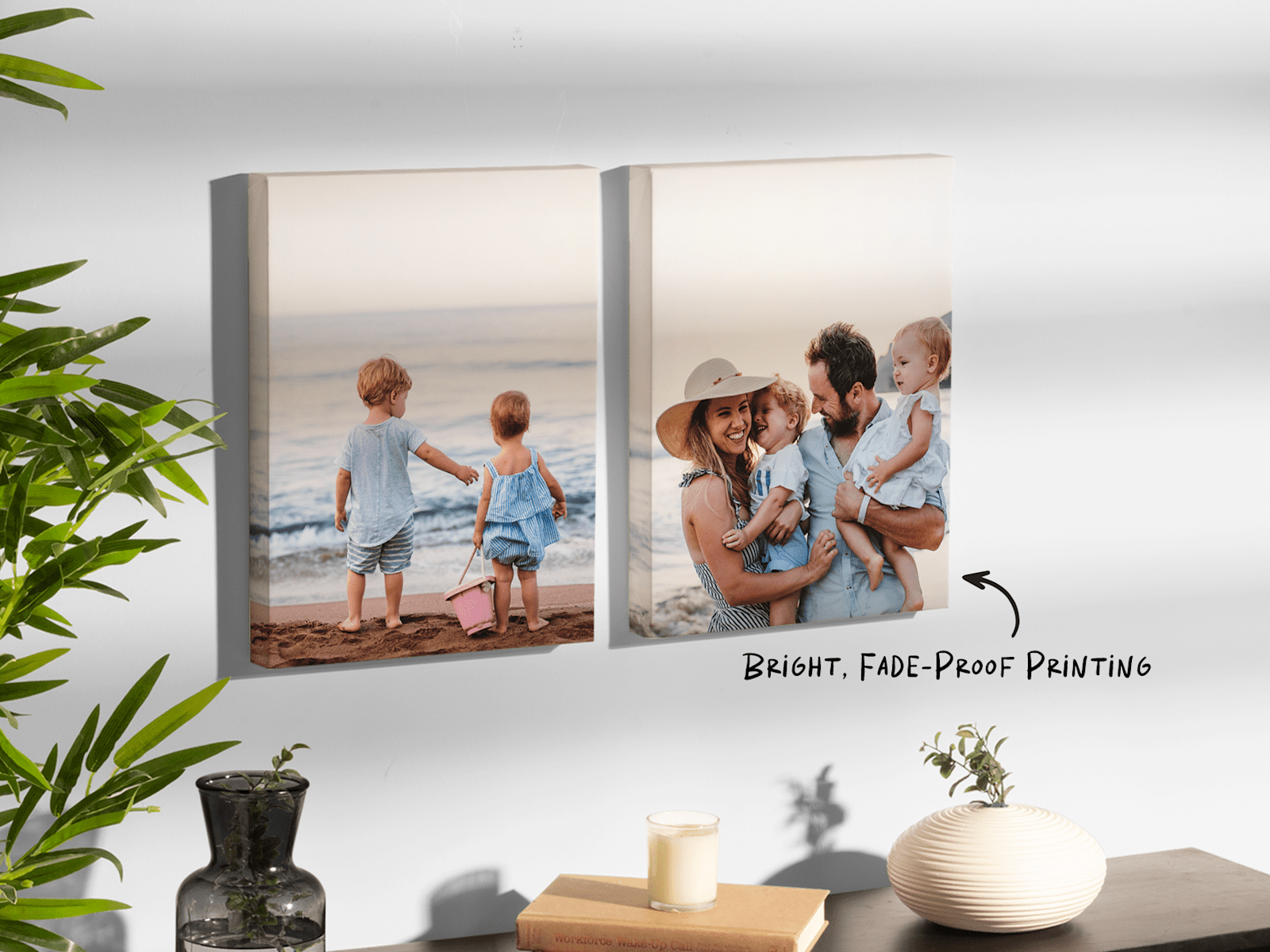Buzz Haven: Your Source for Trending Insights
Stay updated with the latest buzz in news, trends, and lifestyle.
Print It Like You Mean It
Unlock the secrets to stunning prints! Discover tips, tricks, and inspiration to make your prints stand out like never before.
The Art of Print: Tips for Creating Impactful Designs
The world of print design is a vibrant canvas waiting for your creativity to unleash its full potential. To create impactful designs, it's essential to start with a clear understanding of your target audience. Research their preferences, pain points, and interests to ensure your designs resonate with them. Once you establish a connection with your audience, consider utilizing the principles of design such as contrast, alignment, and balance. For instance, contrast can be used to highlight key elements in your piece, while thoughtful alignment can guide the viewer's eye seamlessly through your layout.
Don't forget the importance of selecting the right color palette and typography. A harmonious color scheme can evoke emotions, while a well-chosen typeface can enhance readability and brand recognition. Remember to keep your designs clutter-free to maintain focus on your core message. One effective approach is to employ a white space strategy, allowing your content to breathe and draw attention to the most important elements. By combining these techniques, you’ll be well on your way to mastering the art of print and creating designs that leave a lasting impression.

Common Printing Mistakes and How to Avoid Them
When it comes to printing, avoiding common mistakes can save you time, money, and frustration. One frequent error is neglecting to check the print settings before starting a job. Ensuring that you have the correct paper size and orientation is crucial. Additionally, forgetting to adjust the color settings can lead to disappointing results, especially when dealing with photographs or graphics. To mitigate these issues, always double-check your settings and consider doing a test print on a smaller scale before committing to your final project.
Another prevalent mistake is overlooking the importance of file resolution. Many people assume that standard settings will suffice, but low-resolution images can result in pixelation and poor quality prints. To avoid this, always use high-resolution images (300 DPI or higher) when preparing files for print. Moreover, it’s wise to check for any grammar or spelling errors in your text. A quick proofread can save you the embarrassment of having a professional-quality print marred by typos. Utilizing spell-check features and asking a colleague to review your work can also provide valuable feedback.
How to Choose the Right Paper for Your Printing Needs
Choosing the right paper for your printing needs is crucial for achieving the best results. With a variety of paper types available, understanding the differences can help you make an informed choice. Start by considering the purpose of your print project: Are you printing brochures, photos, or business cards? Each application may require a different type of paper. For instance, glossy paper is ideal for photographs due to its vibrant finish, while matte paper offers a more subdued look that is preferable for text-heavy documents.
Next, evaluate the weight and thickness of the paper, which can significantly impact the final product. Paper weight is measured in grams per square meter (gsm); typically, heavier papers (around 200-300 gsm) are better suited for invitations and high-quality prints. Additionally, it’s essential to consider the printer compatibility. Some printers work better with specific types of paper, so check the manufacturer's guidelines before making your selection. By taking these factors into account, you can confidently choose the right paper to meet your printing needs.